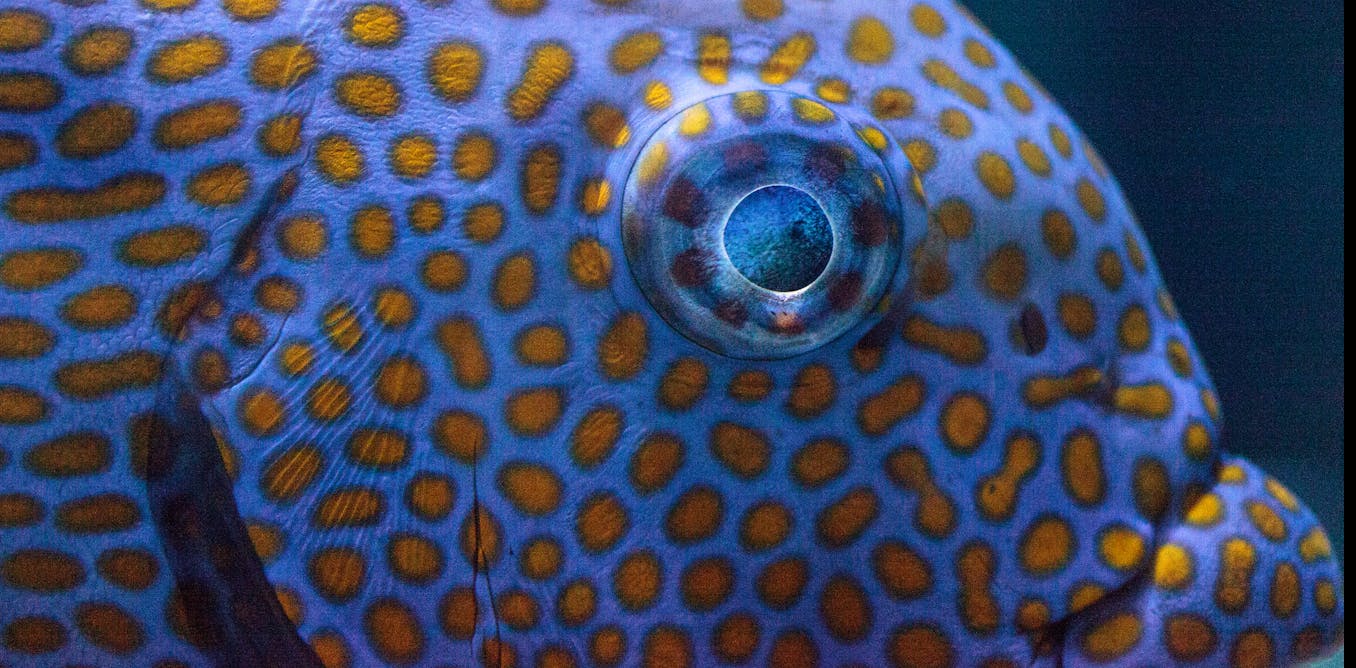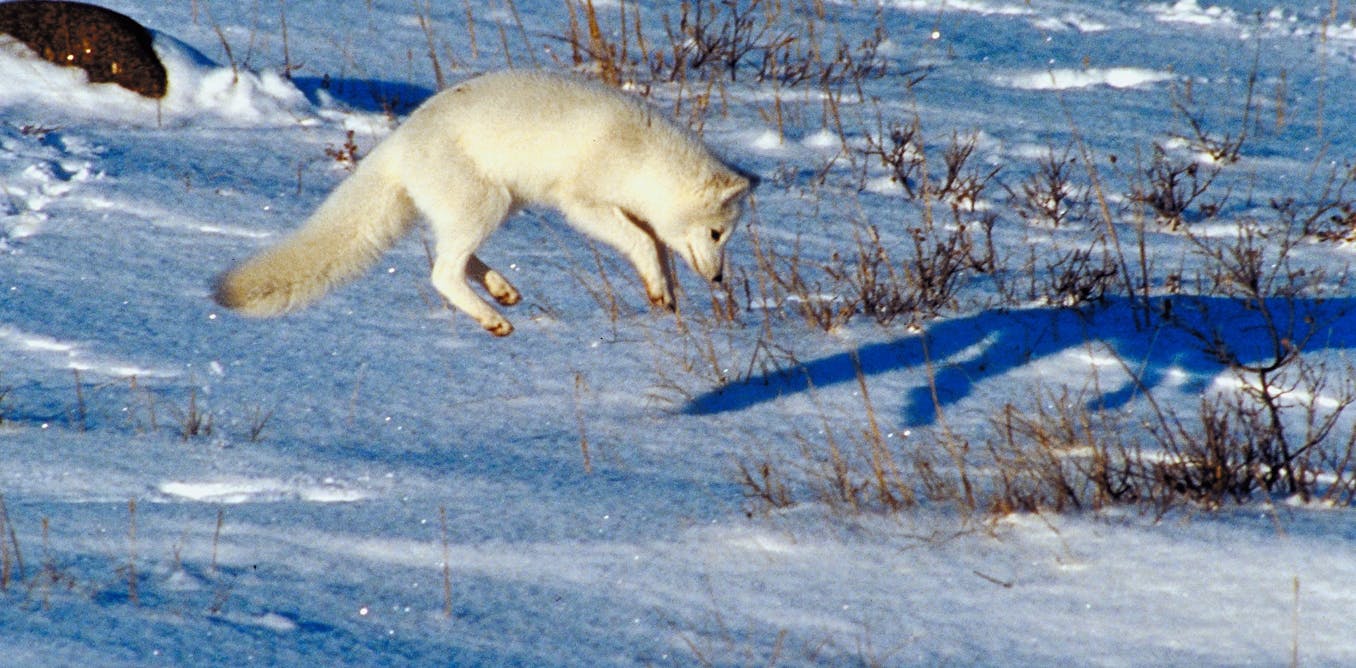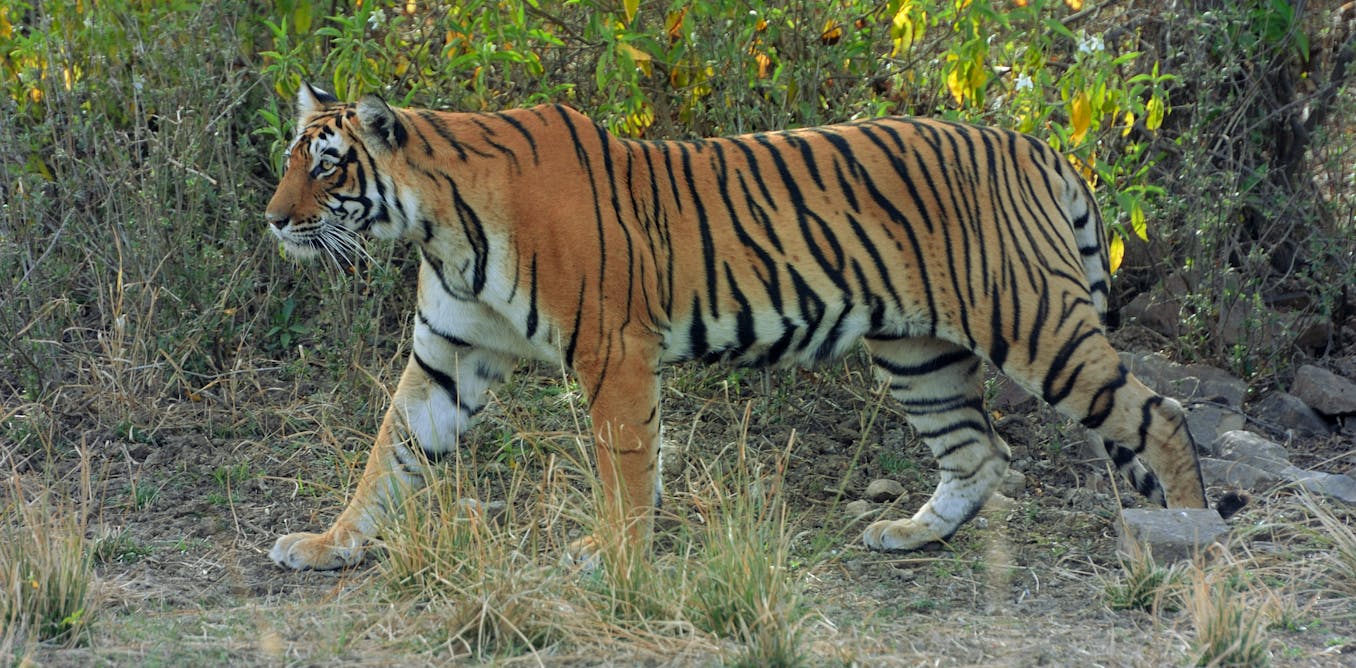How animals get their skin patterns is a matter of physics – new research clarifying how could improve medical diagnostics and synthetic materials
Understanding how the intricate spots and stripes, or Turing patterns, of many animals form can help scientists mimic those processes in the lab.
Ankur Gupta, Assistant Professor of Chemical and Biological Engineering, University of Colorado Boulder •
conversation
Nov. 8, 2023 • ~8 min
Nov. 8, 2023 • ~8 min






